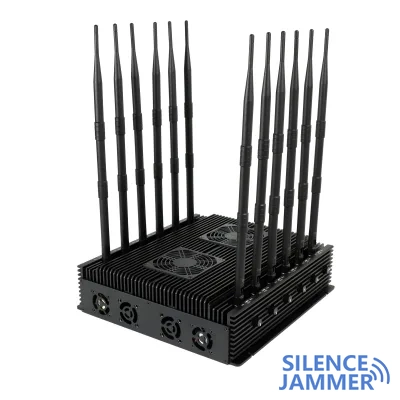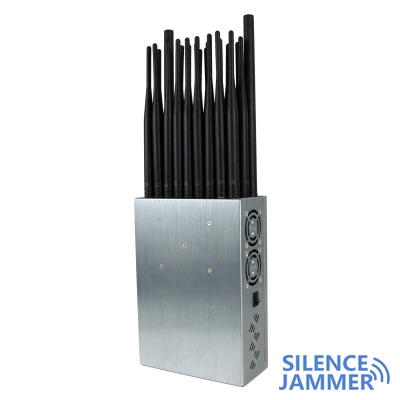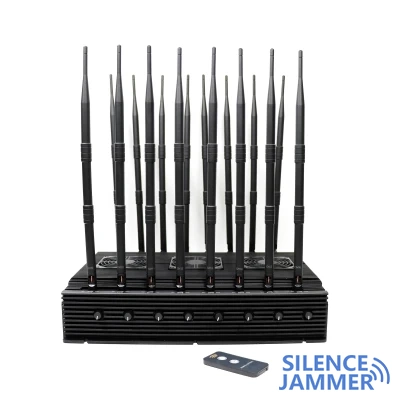Vehicle-mounted signal jammers played a key role in the Iraqi battlefield
During the Battle of Mosul, the vehicle-mounted signal jammers provided by the United States to Iraqi security forces effectively curbed the small commercial drones deployed by ISIS to throw grenades and other explosives at frontline troops.

Iraqi General Major General Najim Jabri told the Kurdish news agency Rudaw that these advanced jamming devices played a key role in western Mosul. He described the equipment as a "big car" that could completely prevent ISIS from launching drones. He emphasized that in the early stages of the Battle of Mosul, ISIS drones flew frequently and posed a significant threat to Iraqi forces. However, after these signal blockers were deployed, the drone threat quickly decreased and eventually almost completely disappeared.
The effectiveness of the signal blocker jammers was further confirmed by Lieutenant General Abdul Ghani Assadi, commander of the Iraqi Counter-Terrorism Service (CTS). In the early days of the Mosul campaign, the CTS recorded as many as 72 ISIS drone flights, which fell to 52 the next day. However, with the use of jammer devices, the number of drone flights dropped rapidly and finally almost disappeared, marking a major turning point on the battlefield.
The use of signal jammers on the battlefield in Iraq
In addition to vehicle-mounted jammers, another weapon used to combat drone threats is the DroneDefender manufactured by Battelle. This weapon is similar to an assault rifle, but is equipped with a directed energy frequency US jammer that can effectively interfere by disrupting the connection between the drone and its controller or GPS device. It has a range of about 400 yards and is simple and effective to operate.

Air Force Colonel John Dorian told Rudaw that after using these signal blockers, Iraqi security forces were able to advance quickly and the enemy could hardly stop their advance. Although ISIS initially tried to slow the offensive of Iraqi forces through drones, the threat was gradually completely eliminated with the deployment of jammer devices.
Summary
The victory of the Mosul campaign was the result of the efforts of many parties, and the jammers provided by the United States played an important role in weakening the drone threat of ISIS. The application of these technologies not only helped the Iraqi security forces take the initiative on the battlefield, but also ensured the safety of more soldiers and civilians.




